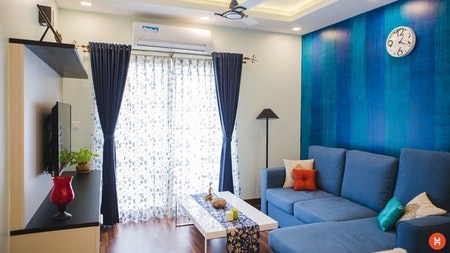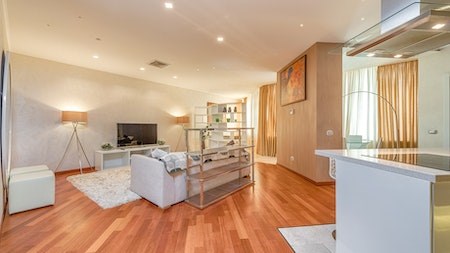With South Africa’s inflation rate below the lower limit of the inflation target at 2.9%, and local inflationary expectations remaining well-anchored, it was expected that the Monetary Policy Committee would keep the repo rate unchanged, says Dr Andrew Golding, chief executive of the Pam Golding Property group.
Says Dr Golding: “This means that the prime lending rate remains steady at a near 50-year low of 7% with indications that it is unlikely to dip further, so for potential homeowners, it is a reminder that if you are thinking of buying a home, now would be a good time to secure an attractive interest rate.
“Economists in the main argued that interest rates are currently at the correct level given the prevailing economic environment. From a residential property perspective, last year’s aggressive rate cuts have fuelled home buying to a large degree, with 2020 surprising many by showing robust home-buying activity. In fact, according to FNB, 2020 registered the highest volume of mortgage approvals in South Africa in more than a decade.
“While the economy is expected to rebound this year, the robust growth rate forecast will largely be the result of comparisons to last year’s exceptionally weak levels. Furthermore, President Biden’s massive US$1.9 trillion stimulus package, coupled with the successful roll-out of the vaccines in several countries, looks set to boost global economic growth prospects, raising concerns potentially around renewed international inflationary pressures and ultimately, higher global interest rates.”
Dr Golding says as a consequence, South Africa can ill afford to continue cutting already historically low interest rates at a time when investors are anticipating that global interest rates may soon be rising. “However, views on when the SA Reserve Bank will ultimately begin to raise local interest rates are varied, with many suggesting that they will remain unchanged until next year (2022), while some believe rates may possibly begin rising towards the end of this year (2021). One thing we do know is that in unusually uncertain times such as these, forecasting is far from an exact science.
“In fact, despite the uncertainties surrounding the pandemic, the market for residential property has so far proven to be one of the country’s more resilient sectors, experiencing an earlier than expected rebound with momentum continuing in 2021, underpinned by the 50-year low interest rates. Combined with generally more realistic pricing, a ripple effect is still filtering through the market, placing upward pressure on demand through the various price bands.
“While some analysts warned that the pandemic and lockdown regulation could cause property prices to slump by up to 15% last year, house prices actually rose by an average 3.05% in 2020, according to Lightstone. The Pam Golding Residential Property Index registered an average increase of 3.2%. This was in line with the consumer inflation rate (which averaged 3.3% in 2020) and actually exceeded the average increase in national house prices of 2.7% (PGP Index) recorded in 2019.
“Currently, and according to the Pam Golding Residential Property Index, South Africa’s house price inflation continues to rebound, rising from a low of 2.5% in April 2019 to 4.1% in February 2021 and promisingly, the recovery in prices is showing no sign of losing momentum. KwaZulu-Natal still leads the recovery with +5.4% in February 2021, followed by Gauteng (+4.8%) and the Western Cape (+4.7%). Noteworthy especially for first-time buyers, and according to the Pam Golding Residential Property Index, lower-end prices (
Concludes Dr Golding: “Interestingly, while growth in freehold prices outperformed relative to sectional title units last year – perhaps influenced by the desire by many to relocate to more spacious properties as a result of the lockdown restrictions, the gap is now rapidly narrowing as growth in sectional title prices accelerates.”





